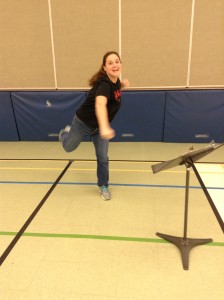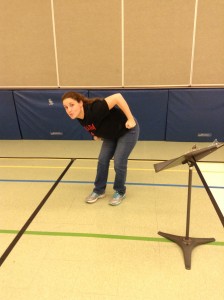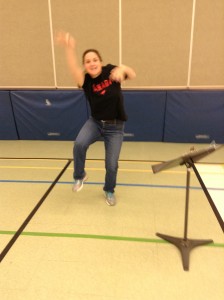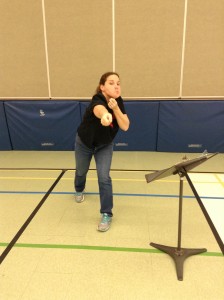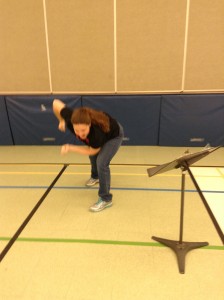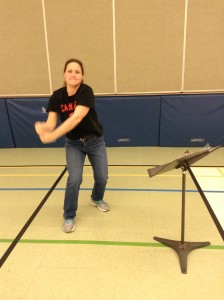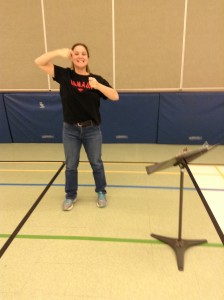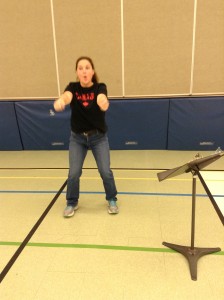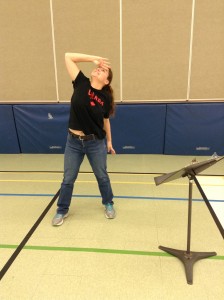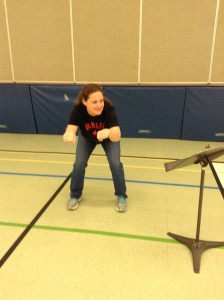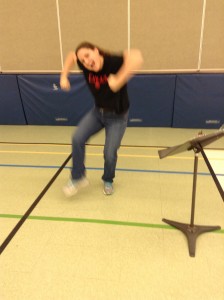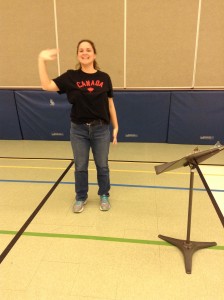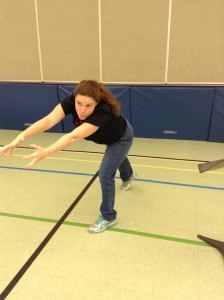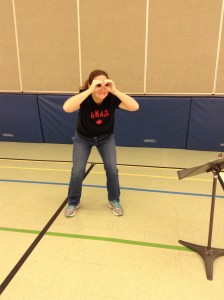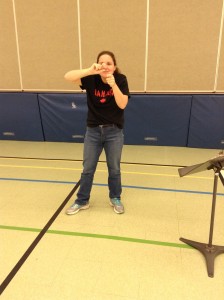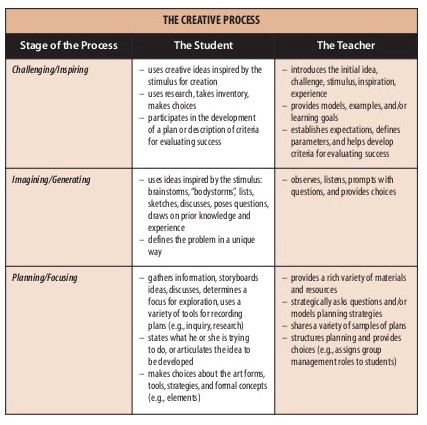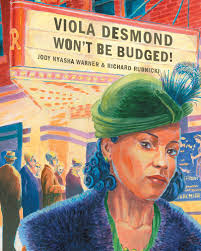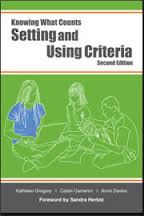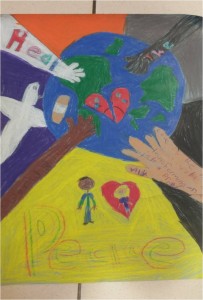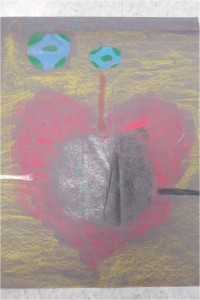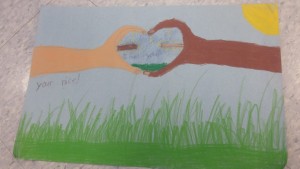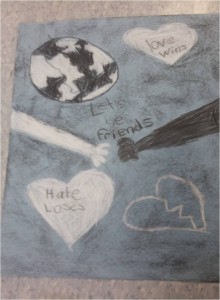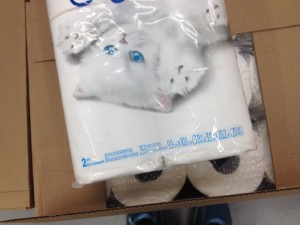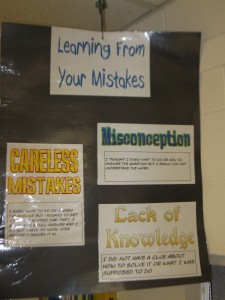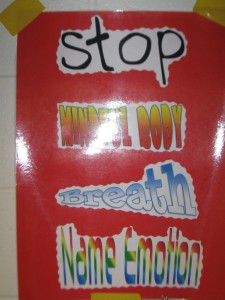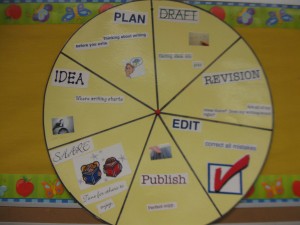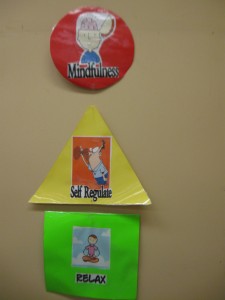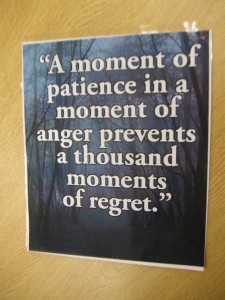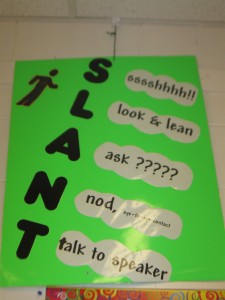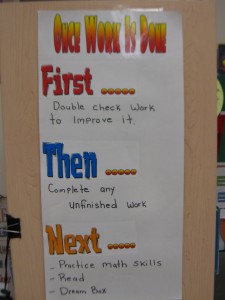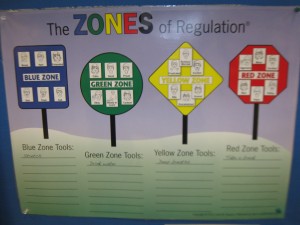Recently, I was asked to explain my vision on how to cultivate a culture of creativity in the classroom. After a few moments of reflection came this response.
From the moment that a student enters our classroom fostering a culture of creativity requires 3 key things; fearlessness, fluidity, and failure.
IMO, these 3 are inextricably linked in my classroom. As lead learners first, teachers are crucial to a successful culture of creativity as they model fearlessness to students in our own approaches to learning. When students see their teacher unafraid to take chances and make mistakes, they too will be emboldened to do the same as they approach the new and unknown.
Establishing this in a classroom might require teachers to become Pirates as Dave Burgess shares in his transformative book Teach Like a Pirate. This requires complete commitment and patience. Remember, it’s about the process not the product.
This requires flexibility to escape from what is fixed within a text book, a single narrative/point of view, or schema. A classroom must be a fluid space where the way must be tried (tentanda via), but if it is limited to merely the information provided out of ivory towers; when and where will students have an opportunity to challenge it?
If we want a culture of creativity, we must allow room in our instruction to critically consider/falsify(as Scientists would according to Popper) what is being taught. This takes a mighty courageous educator who is willing to let go and share “power” with students.
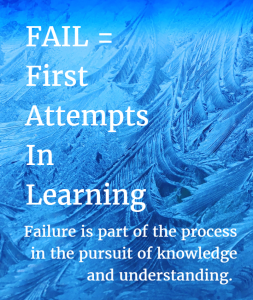 Finally, for cultures of creativity to occur, a FAIL mindset is needed. FAIL is a wonderful acronym for First Attempts In Learning. We celebrate failure in the classroom because there is still something learnt in the attempts at something. When students feel safe to learn, try, and supported when they fail then they will be strengthened to extract the lesson, unlearn, relearn, try again, and repeat as a natural part of the process.
Finally, for cultures of creativity to occur, a FAIL mindset is needed. FAIL is a wonderful acronym for First Attempts In Learning. We celebrate failure in the classroom because there is still something learnt in the attempts at something. When students feel safe to learn, try, and supported when they fail then they will be strengthened to extract the lesson, unlearn, relearn, try again, and repeat as a natural part of the process.
Some tangible examples of this in my class have come in my Electricity unit where we have been trying to make a fully functioning replica of BB-8 from Star Wars: Episode VII The Force Awakens movie. 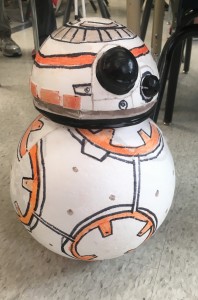 Throughout the process we have ideated, iterated, learned, adjusted, tried again. Instead of disappointment after an attempt or apparent failure, there is opportunity to rethink and try again.
Throughout the process we have ideated, iterated, learned, adjusted, tried again. Instead of disappointment after an attempt or apparent failure, there is opportunity to rethink and try again.
Students empowered with a mindset of fearlessness in a flexible environment are bound to be invigorated and engage in their learning/tasks with their creativity emboldened.
I believe these 3 things to be at the core of innovation in education and have worked to embody them in my personal practice.
ps If I was to share a fourth item it would be that a culture of creativity is messy. Often, no path exists and therefore students must blaze their own trails. With the right attitude, the mess and muck of learning and creativity mesh to form a ‘lit’ learning environment.
pss – George Couros is the current godfather of innovative practices in education. He is a brilliant and gifted communicator who shares a passion for education with the world. His book the Innovator’s Mindset is on my reading list and I’d encourage you to add to yours.
If you want to continue this conversation about innovation or to share how you are innovating in your learning space, feel free to share in the comment section below. Thank you for reading. Will

